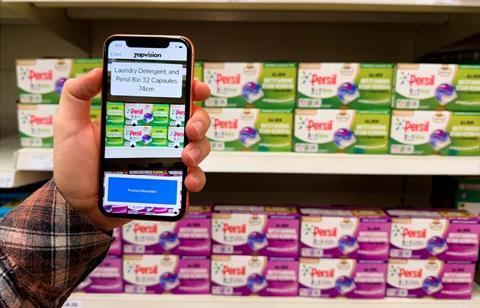
Unilever is planning to extend the rollout of Accessible QR (AQR) codes – which are scanned by blind and partially sighted shoppers to access product, usage, safety and recycling information – across its UK product packaging next year.
The fmcg giant began deploying AQRs on pack with its Persil and Colman’s brands in the UK in late 2023, and they can now also be found on Knorr and Lynx SKUs. It plans to go still further with AQRs, which can be read from a greater distance than typical QR codes, and interact with the scanning device’s configured accessibility features to display information in larger text or in audio-described and voice-guided formats.
“At Unilever, our accessibility vision is to make our brands unmissable for everyone,” said Marc Powell, global accessibility centre of excellence lead at Unilever. “By driving digital innovation and embracing new technology, we are doing the right thing for our consumers, our partners and our business, while making our brands more inclusive for everyone – both in-store and at home.”
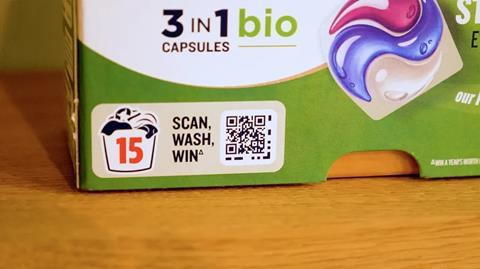
The RNIB, which has worked with Unilever on the rollout of AQRs across 35 brands in 25 markets, is now calling on other brands and manufacturers to implement accessibility additions to their packaging.
The institute has also worked with Kellanova, which has added NaviLens – a multi-coloured code that reads aloud all the labelling copy on a pack – across its product ranges. Kellanova was the first to use NaviLens codes on packaging, when it created an accessible Coco Pops box in 2020.
“It had an immediate impact by enabling blind and partially sighted people to shop independently,” said Pete Matthews, senior director, brand design & operations at Kellanova.

“The trial was successful, but we had a lot of consumer feedback asking for this technology to be included on all our packaging. So that’s exactly what we did next – adding NaviLens codes to all our Kellogg’s, Pringles and Cheez-It packs across Europe, printing more than two billion accessible packs. Our company purpose is ‘to create a place at the table for everyone’ so we are fully committed to this journey,” he added.
P&G, Bayer, Diageo and Nestlé have also introduced accessible QR codes to their packaging.
“It’s fantastic that these organisations are playing an instrumental role in making some of the world’s most loved brands more accessible for blind and partially sighted people so that they have the same freedom, independence and choice as sighted customers,” said Daphne Mavroudi-Chocholi, managing director of RNIB Enterprises.
“One in five UK households is impacted by sight loss; the lack of inclusive products and experiences, be they online or offline, affects us all. RNIB champions truly accessible design so that everyone is included by default and that can only be achieved through close, cross-sector collaboration. We look forward to working with more brands and manufacturers to make every consumer interaction inclusive and accessible.”
The RNIB is also urging brands to “look at their wider communications” with regards to accessibility.
“From adding alt text to their social campaigns and websites, to including audio description in non-linear ads and designing brand experiences with accessibility at the centre, within the retail environment, new technologies and AI can really transform the digital and retail store experiences,” Mavroudi-Chocholi told The Grocer.








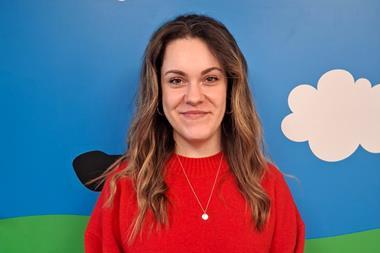
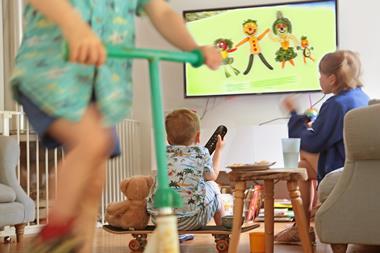


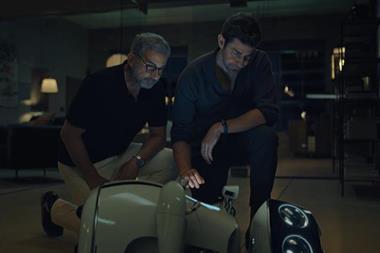


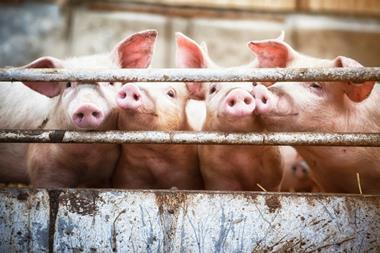
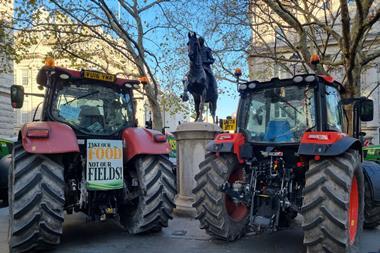
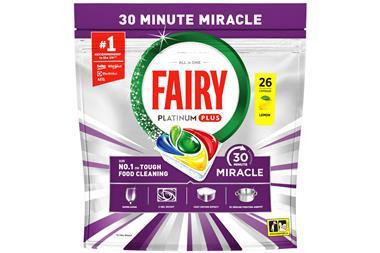
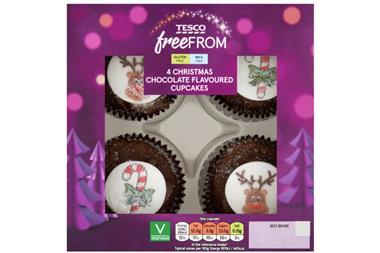
No comments yet